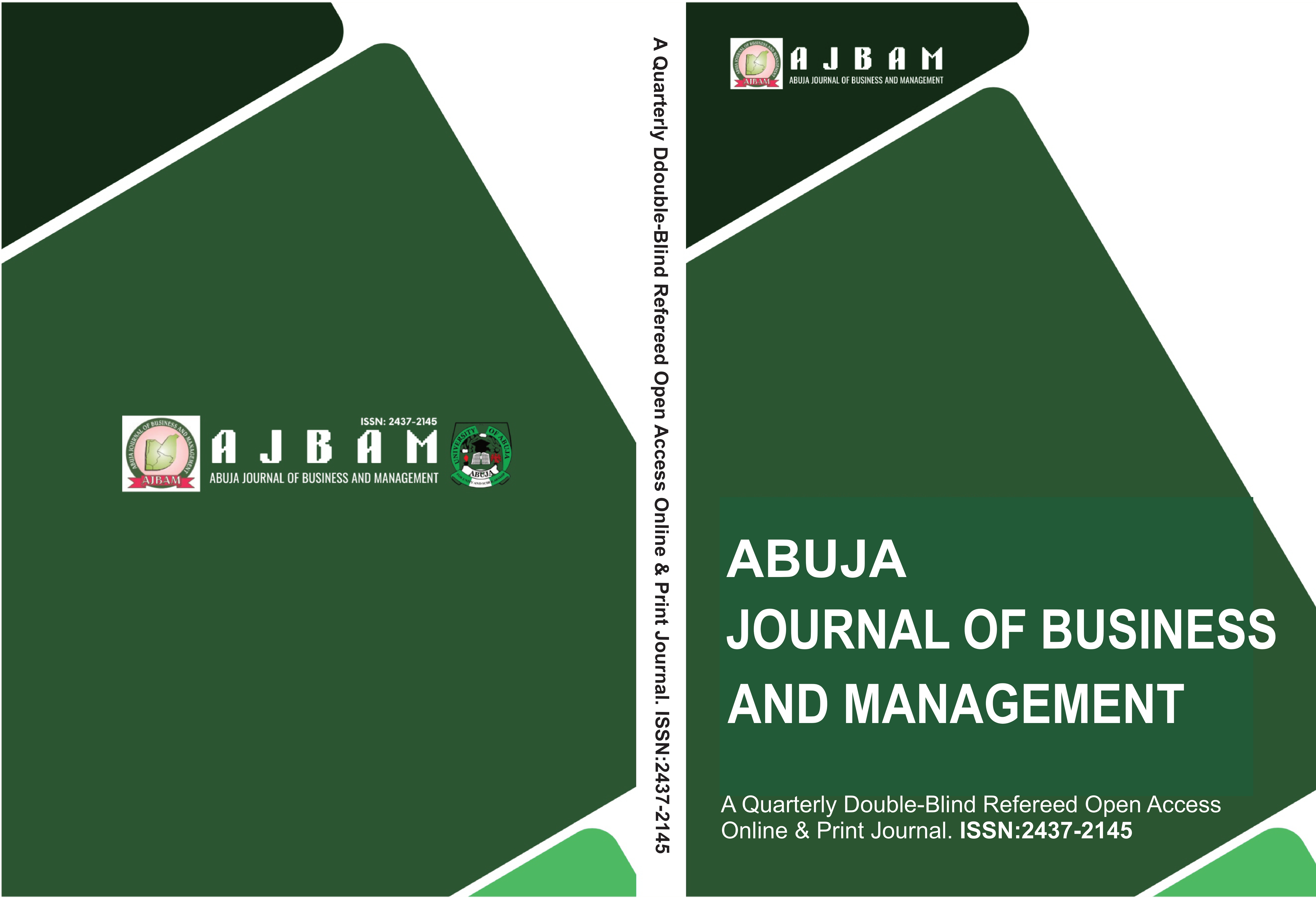FIRM CHARACTERISTICS AND ASSET GROWTH OF QUOTED DEPOSIT MONEY BANKS IN NIGERIA
DOI:
https://doi.org/10.7118/q88zep09Keywords:
firm characteristics, firm age, leverage, sales growth, asset growthAbstract
The study examined the influence of firm characteristics on the asset growth of quoted deposit money banks in Nigeria. This study adopted an ex-post facto research design and embraced a whole population size of 13 Deposit Money Banks quoted in NGX Group as at December 31, 2022. The sample size comprises nine banks via random sampling since data were readily available and represented performance in the Nigerian financial service sector. It was stated that secondary data were sourced from the annual reports and accounts of these banks from 2013 to 2022. Results from a generalized least square (GLS) regression model analyzed with STATA 13.0 software indicated that sales growth (SLGRWT) exerts an insignificant positive influence on asset growth, while leverage (LEVRGE) has an insignificant negative effect on asset growth, but firm age (FAGE) has a significant positive effect on asset growth in Nigerian deposit money banks. To this end, the study summarized that banks should invest in marketing and product development, and customer acquisition strategically in order to achieve sales growth, manage leverage ratios cautiously to achieve an optimal asset growth, and exploit longevity advantages such as established reputations and client bases.
Downloads
Published
Issue
Section
License
Copyright (c) 2024 OBAJE, Folashade Olufunke, BOLUKALE, Olutobi Ayodele (Author)

This work is licensed under a Creative Commons Attribution 4.0 International License.
Authors retain copyright and grant the journal right of first publication with the work simultaneously. This work is licensed under Creative Commons Attribution 4.0 International



